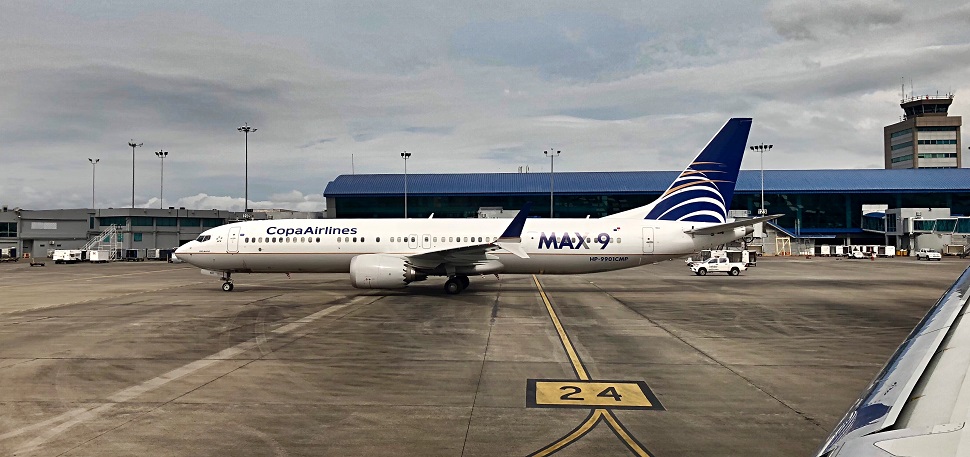Just like elsewhere in the world, the grounding of the Boeing 737 Max has stymied airline industry growth in Latin America, a region long home to some of Seattle-based Boeing’s top customers.
Just like elsewhere in the world, the grounding of the Boeing 737 Max has stymied airline industry growth in Latin America, a region long home to some of Seattle-based Boeing’s top customers.
Those airlines are now girding for a year of slower-than-expected growth while waiting for regulators in the USA and Latin America to green-light the jet’s return to service.
“We will [report] much lower air traffic growth in 2019,” Pedro Heilbron, chief executive of Copa Airlines and president of Latin American airline trade group ALTA, said on 27 October. He spoke during a press conference marking the opening of ALTA’s annual forum.
“We all have grounded aircraft right now, and are all obviously affected,” Heilbron says.

Airbus777/Creative Commons
“It has a lot of impact on this market,” Brazil’s secretary of aviation infrastructure Ronei Glanzmann says of the Max. “This is, of course, an economic imperative.”
Copa has not said how severely the grounding might impact its financial results, though other 737 Max operators have. Those include much-larger American Airlines, which recently disclosed it expects the grounding will take a $540 million bite from its 2019 financial results.
The grounding has had a notable impact in Latin America partly because the region is home to several carriers that have made the 737 their primary narrowbody workhorse.
When regulators grounded the 737 Max in March, Aerolineas Argentinas, Aeromexico, Cayman Airways, Copa and Gol operated a combined 25 of the aircraft.
That may be relatively few, but Latin American airlines hold outstanding orders for 270 737 Max jets, representing a significant chunk of the region’s future fleet, according to Cirium schedules data.
The orders include a whopping 144 aircraft for Gol, 55 each for Copa and Aeromexico, nine for Aerolineas Argentinas, four for Caribbean Airlines and two for Cayman Airways, Cirium fleets data shows.
Heilbron hopes regulators will clear the Max to fly before year end – the timeline Boeing says it is working toward – but Copa has removed the aircraft from its schedules until the end of January.
The carrier has six aircraft in storage, which it expects will come online first. Another four aircraft, which Boeing has built and placed in storage, will join Copa’s fleet later, says Heilbron.
Glanzmann says his government continues “working closely” on the Max’s certification with the US Federal Aviation Administration.
Brazil has representatives on the FAA’s Joint Authorities Technical Review Panel, a multi-country group working to review the Max’s certification.


























